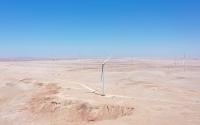
The Custodian of the Two Holy Mosques Initiative for Renewable Energy is a Saudi initiative that adopts the concept of renewable energy and its innovative solutions as alternatives to traditional energy production methods at a competitive cost and high efficiency. It was launched by the Ministry of Energy on April 17, 2017. The initiative aims to expand the economy and position of the Kingdom of Saudi Arabia in the global renewable energy field by conducting studies, implementing preliminary wo...
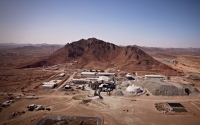
The ‘Mahd Ad Dhahab’ Mine is the first modern mine in the Kingdom of Saudi Arabia, with mining operations commencing in 1939. In 1998, the Saudi Arabian Mining Company ‘Ma'aden’ commenced the modern production from the mine. Exploration activities at the mine reach a vertical depth of three hundred m from the surface, with underground tunnels extending more than sixty km. At the carbon-in-leach plant situated within the mine, gold, copper, and silver are extracted from the gold ore...
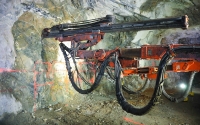
Mahd Ad Dhahab Mine is one of the oldest gold mines in the Kingdom of Saudi Arabia, located in Mahd Ad Dhahab Governorate, al-Madinah al-Munawwarah Province. The mine commenced its activities three millennia ago and was mined in large quantities around 950 BCE, which coincided with the reign of the Kingdom of Sheba in Yemen. History of Mahd Ad Dhahab Mine Mahd Ad Dhahab Mine continued to operate throughout the ages and was used during the time of the Prophet Muhammed, when it was exploit...
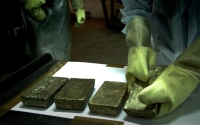
Natural Resources in the Kingdom of Saudi Arabia consist of a huge variety of raw materials, including mineral resources, crude oil, gas and water resources. These materials offer an economic incentive for the Kingdom. The Kingdom's geological diversity contributes to its abundance of resources, ranking it second among the top ten countries for natural resource reserves, with a value of USD34.4 trillion. The Kingdom encompasses the world's second-largest oil reserves after Venezuela. ...
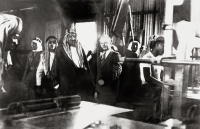
The Discovery of Oil in the Kingdom of Saudi Arabia stands as one of two pivotal events that unfolded simultaneously. The first event was the issuance of a Royal Decree announcing the reunification of the country, starting on September 23, 1932. 1 The second event was the discovery of oil after geological indicators suggested the presence of oil reserves underground in the Eastern Province. This prompted Founding King Abdulaziz Bin Abdulrahman Al Saud to sign the concession agreement for oil ...
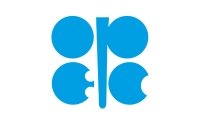
The Kingdom of Saudi Arabia is a member of the Organization of the Petroleum Exporting Countries (OPEC) as a founding member of OPEC, the Kingdom possesses two unique attributes that grant it strategic importance as a global supplier of crude oil. Firstly, it maintains the will and ability to sustain excess production capacity. Secondly, it demonstrates determination and capability to adapt its production to meet changing market conditions. No other country in the world can fulfill these two ro...

Hawiyah Gas Plant represented the first expansion of the Master Gas System (MGS) since the 1970s. It was an essential component of the Kingdom of Saudi Arabia's core industrial equipment, addressing the grid overload resulting from an unexpected surge in domestic demand for natural gas fuels and feedstock. The plant provided the necessary facilities for processing sour gas from al-Khuff and al-Jawf deep, high-pressure reservoirs. Significance of Hawiyah Gas Plant The Hawiyah Gas Plant is c...
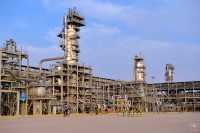
Shedgum is an oil region near al-Ahsa. It has witnessed a number of exploration and production activities that proved its effectiveness. On February 23, 1954, well No. (twelve) in Shedgum, near Ayn Dar, was the first oil well drilled by an entirely Saudi team. 1 Shedgum is one of the six main areas of the Ghawar field, located about one hundred km west of Dhahran city, alongside the areas of Fazran, Ayn Dar, Uthmaniyah, Hawiyah, and Harad. 2 Shedgum gas plant Through its investment in projects ...
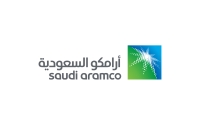
Non-Metallic Materials are materials that that can inhibit metal corrosion and are distinguished by their lightweight, durability, and cost-effectiveness. They exist in gas, liquid, or solid state. These materials encompass both natural sources like wood, sand, clay, gases, and elements such as carbon, as well as synthetic compounds like polymers derived from oil and gas. Use of non-metallic materials in the Kingdom The integration of metallurgy with polymer science, physical and inorganic chem...

As-Suq Mine is an open-pit gold mine in the Kingdom of Saudi Arabia. Production began in 2014. Low-concentration ore is extracted and processed using heap leaching technology. The mine's production reached 17,042 oz. of gold in 2022. As-Suq Mine is located two hundred km east of Taif Governorate, and is managed by Ma'aden Gold Company. Its production capacity reached about 23,103 oz. of gold in 2021, while the mine’s reserves reached about ten million t in 2020. Gold production in a...
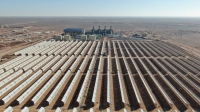
Energy Services and Equipment in the Kingdom of Saudi Arabia are part of the energy sector operating system in the Kingdom. Its mission is to provide the necessary equipment for energy production and various logistic services. The Kingdom, as one of the largest global energy sources, has prepared numerous manufacturing facilities capable of meeting its energy production needs, encompassing both traditional and renewable sources. The renewable energy sector is a pivotal focus of Saudi Vision 203...
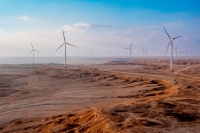
By 2030, the Kingdom of Saudi Arabia aims to produce nine thousand MW of electrical power using wind energy, benefiting from its climate that supports such projects. The King Abdullah City for Atomic and Renewable Energy has monitored the movement and activity of winds in the Kingdom by distributing forty towers, each about one hundred m in height. 1 Specific cities were selected for monitoring, including Riyadh, Sharurah, al-Jawf, Jeddah, Yanbu, Hafr al-Batin, al-Wajh, and Turayf, to be part o...